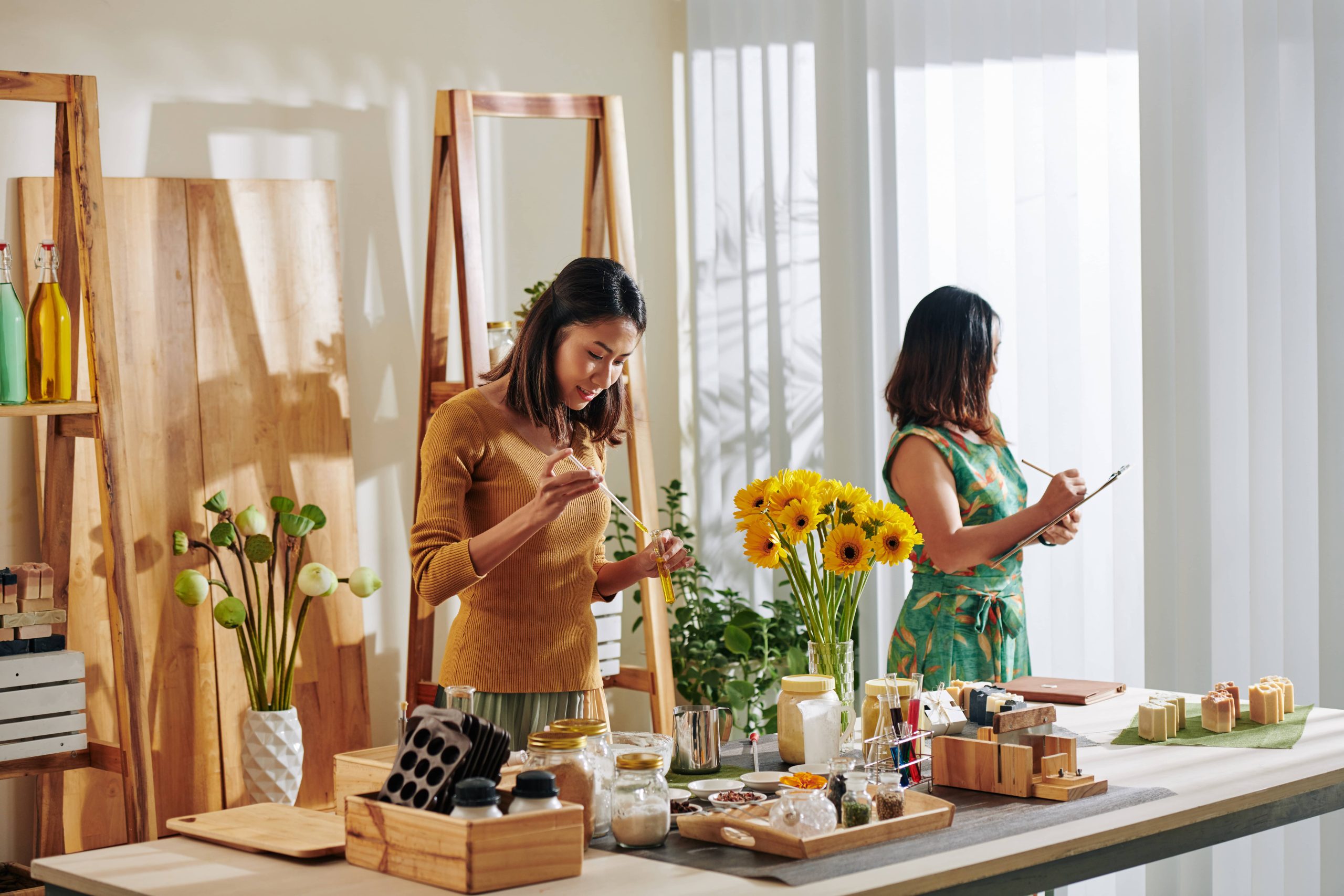
There’s something undeniably satisfying about taking on a DIY project—especially when it involves enhancing a space as personal as your bedroom. Among the various upgrades you could consider, creating a custom headboard is an excellent choice. It not only provides an immediate uplift to your bed but also allows you to infuse your personal style into the room. In today’s post, we’ll guide you through crafting a headboard that reflects your unique tastes and upgrades your sanctuary with style and flair.
Step 1: Decide on the Style and Material
The first step in creating a custom headboard is deciding on the style and material that best suits your aesthetic and functional needs. A headboard can be minimalist and understated, or elaborate and ornate, depending on the look you’re going for. Here are a few popular styles to consider:
– Upholstered Headboards: Ideal if you’re looking for comfort and a touch of luxury. Upholstered headboards can range from sleek leather designs to tufted linens, and they add soft texture to your bedroom.
– Rustic Wood Headboards: Perfect for those who want a cozy, warm feel. Using reclaimed wood can add character and environmental friendliness to your project.
– Metal or Wrought Iron Headboards: These materials offer a vintage or industrial look that can stand out with striking details and patterns.
– Painted or Stenciled Headboards: For DIY enthusiasts who love to paint, these headboards can be a canvas to show off your creativity. Use paints or wallpaper with intricate designs to get the effect.
Once you’ve chosen the style, procure the necessary materials from your local hardware store. For upholstered headboards, you’ll need wood, foam, batting, fabric, and a staple gun. For wooden headboards, the essentials include wooden planks, screws, and a saw.
Step 2: Measure and Cut
Accurate measurement is the backbone of any successful DIY project. Measure the width of your bed to determine how wide your headboard should be. It’s recommended that a headboard should be wider than the bed itself, typically by two to four inches on each side, creating a framed look that doesn’t overshadow the room.
For the height, consider your bed’s location and what looks proportionate in your space. A tall headboard can create a dramatic focal point, whereas a shorter one offers a subtle backdrop. Once you have your measurements, mark them on your material of choice and cut the pieces accordingly.
Step 3: Construct the Frame
For most headboard styles, you’ll need a sturdy frame. Use thick plywood or solid wood to construct a frame that matches the dimensions you measured. If you’re opting for an upholstered headboard, this frame will act as the base to which you’ll attach the foam and fabric.
For a wooden headboard, ensure the planks are securely attached to the frame, either side by side for a seamless look or spaced apart for a slatted design. For a metal headboard, you might need to purchase an existing frame to attach the metalwork, unless you have welding skills and tools.
Step 4: Add the Design Elements
Here’s where the customization becomes exciting:
– Upholstered Headboards: Begin by attaching a layer of foam to the front of your frame using a strong adhesive. Next, cover the foam with batting, which makes the headboard soft and smooth. Finally, wrap your chosen fabric around the frame, pulling it taut before securing it to the back with a staple gun. Use buttons or tacks to add tufting if desired.
– Wooden Headboards: Sand the wood to smooth any rough edges before applying your chosen finish—be it a natural varnish, stain, or paint. You can create patterns using multiple stains or paints for a contrasting design.
– Painted or Stenciled Headboards: Sand the surface for a smooth base, then prime it before painting. Use stencils to apply intricate patterns or freehand a design for a personal touch. Seal your work with clear varnish to protect it.
Step 5: Install Your Headboard
Once your headboard is complete, it’s time to install it. Depending on its weight and design, you can attach it directly to your bed frame or mount it on the wall. If wall-mounted, ensure it’s anchored securely with heavy-duty brackets to prevent accidental falls.
When placed, step back and admire your work. Feel free to accessorize with complementary bedroom decor to highlight your new creation—a cozy throw blanket, a few well-placed pillows, or a bedside lamp that ties everything together.
Conclusion
Creating a custom headboard is a perfect way to add personality and flair to your bedroom. As with any DIY project, the joy lies in the process—the creativity, the craftsmanship, and the satisfaction of bringing your vision to life. Whether you prefer the plush comfort of an upholstered design or the rustic charm of wood, your custom headboard will be a testament to your skills and style.
So go ahead, embrace your inner designer, pick up those tools, and let your bedroom reflect the true you. With patience and creativity, you’ll soon have a custom headboard that transforms your room into a cozy, delightful retreat. Happy crafting!







